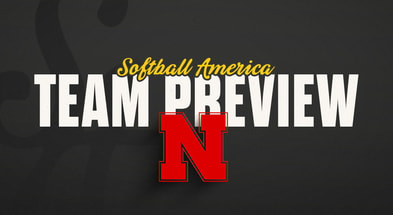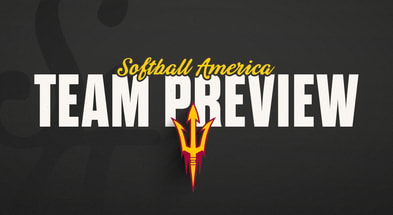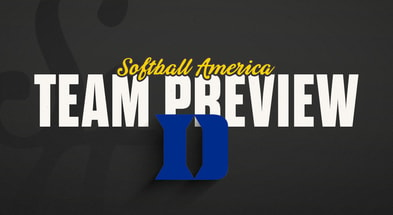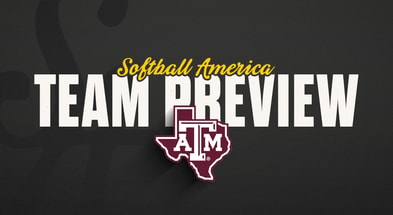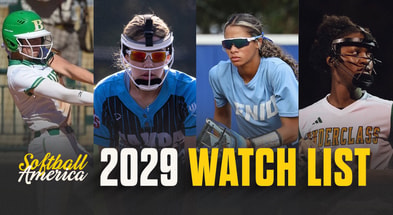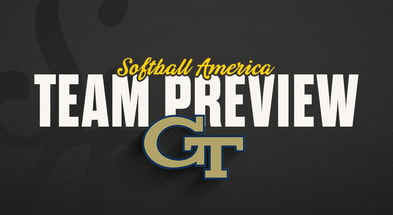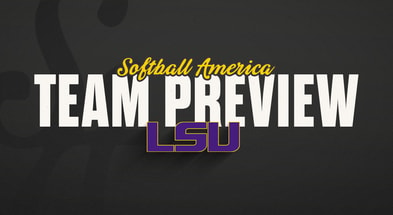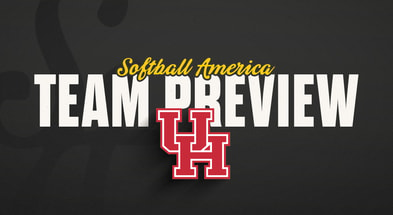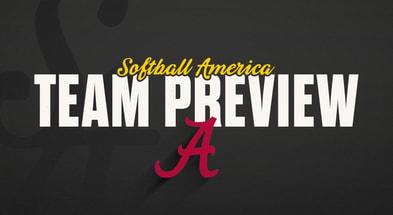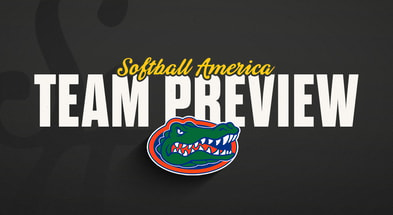Lessons from the Red River Rivalry: A softball eclipse, defense dominates, and rules reign supreme
Like an eclipse dimming the once dominant stars, are we witnessing a new generation of softball elites? Their rise, similar to the sun’s temporary disappearance, could signal a shifting landscape in the sport’s hierarchy. With a youthful roster and a pitching staff armed with so many weapons, we may indeed be witnessing a changing of the guard.
As the postseason unfolds, tracking both Texas and Oklahoma on their journey to the Women’s College World Series promises to be an unforgettable ride. Let’s take a look at a few lessons from the Red River Rivalry.
1. If Texas plays defense, they win. The Longhorns displayed flawless defense and superb pitching in the circle during the wins against the Sooners. In critical moments where youth has faltered, the defense stepped up. Mike White’s decision to start Mac Morgan on Friday was undoubtedly the correct choice, deploying a bulldog presence in the circle. Morgan gave way to Estelle Czech who threw all weekend long with precision and conviction. Despite the Longhorns losing the series opener, it allowed Texas to see how effective Czech was against a potent Oklahoma offense. Here is a breakdown of the Texas pitching staff.
| Pitcher | IP | H | R | ER | BB/SO |
|---|---|---|---|---|---|
| Mac Morgan | 4.1 | 7 | 7 | 7 | 3/0 |
| Estelle Czech | 6.0 | 3 | 0 | 0 | 0/3 |
| Citlaly Gutierrez | 7.0 | 6 | 1 | 1 | 0/2 |
| Teagan Kavan | 3.2 | 3 | 1 | 1 | 3/3 |
- Mia Scott holding down the hot corner. Scott held down the hot corner all series long. The sophomore third baseman made every play. Here are a few players Scott made over the weekend – on lock.
- Citlaly Gutierrez shines in big moments. The sophomore shattered Oklahoma’s 40-game Big 12 win streak on Saturday in front of a boisterous crowd at Red and Charlie McCombs Field. Gutierrez is now 7-0 on the season and has been a steady presence in the circle for the Longhorns. The right-hander did something few pitchers have been able to do against Oklahoma – toss a complete game victory.

Gutierrez tossed a complete game victory on Saturday to knock off the No. 1 Oklahoma Sooners. Photo: Crash Kamon
2. Don’t underestimate Jen Rocha’s ability to develop talent. Comparing Kelly Maxwell 2023 and 2024 numbers. In an age of analytics, data, and copious amounts of video, Maxwell continues to reinvent herself. The Oklahoma left-hander dominated game one of the Red River Rivalry tossing a complete game victory with 10 strikeouts. The southpaw cruised through six innings only to run into some slight trouble in the seventh. On Sunday, Maxwell shined again striking out six while allowing three hits in 4.2 innings of work. How does she do it? Oklahoma’s pitching coach uses Maxwell differently than in her previous seasons at Oklahoma State.
The numbers from 2023 compared to 2024 paint a very different picture. Maxwell is using her drop ball and fastball more in 2024.
3. Jayda Coleman is a generational talent. Watching the Oklahoma outfielder take pregame is a joy and how it translates on the field. Coleman appreciates her craft and makes big-time plays because they are routine for her. It is rare to have a player of her talent in our game and we should appreciate every at-bat, fly ball and diving catch she makes over the next two months.

Coleman robs another hit. Photo: Crash Kamon
4. Oklahoma lineup changes are the future. Lineup order changes nearly every game. The Sooners had three different lineups across the weekend. Jayda Coleman in the lead-off spot is the most consistent at 27 but the rest is game-by-game. 
5. Rule changes reign supreme. This weekend had it all. From the runners leaving early erasing runs off the board to a relay obstruction challenge at the plate. The umpiring crew has their work cut out for them.
Three rules highlighted over the weekend are as follows:
- Obstruction
- Runner leaving early
- Assistant coach/offensive team personnel
Let’s take a look at the plate at the plate between Maya Bland and Reese Atwood.
The play is under review. Here it is ⬇️ pic.twitter.com/48maUBlKfN
— Tara Henry (@notarabledays) April 7, 2024
Obstruction 9.5.1
Obstruction occurs when a defensive player, neither in possession of the ball nor in the act of fielding a batted ball, impedes a batter’s attempt to make contact with a pitch or impedes the progress of any runner who is legally running bases on a live ball. It can be intentional or unintentional.
Top 10
- 1Breaking
Diego Pavia apologizes
For behavior following Heisman
- 2New
Kalen DeBoer
Alabama in extension talks
- 3
Predicting AP Poll
Projecting shakeup in Top 25
- 4Hot
Diego Pavia
Calls out Heisman voters
- 5
Jon Sumrall
Intel on new Florida staff
Get the Daily On3 Newsletter in your inbox every morning
By clicking "Subscribe to Newsletter", I agree to On3's Privacy Notice, Terms, and use of my personal information described therein.
While not in possession of the ball, it is obstruction if the defensive player:
a. blocks any part of the leading edge of first, second or third base or home plate (as defined); or
b. otherwise blocks the runner from advancing or returning to a base.
*The defensive player is not considered obstructing if they are in possession of the ball or they are making a legitimate reaction to the trajectory of the ball after it is thrown. (See also Rule 12.13.)*
1. Once in possession of the ball, the defensive player can be positioned between the runner and the base/plate.
2. Obstruction may be ruled even though there is no physical contact.
3. If in the umpire’s judgment, the runner would have clearly been put out then obstruction is ignored.
4. Obstruction can occur on a force or tag play.
Rationale: To more clearly define the basic tenets of the obstruction rule to help coaches teach their defensive players how to properly defend at the base/plate and to assist umpires in making the correct ruling in these situations.
Challenging a runner leaving early. Texas challenged a runner leaving early on Friday night to overturn a call, Oklahoma challenged a runner leaving early on Saturday to overturn a RBI double.
Video Review 5.9.9 and Appendix G
1. Include runners leaving the base prior to the touch on a fly ball (tagging up), runners missing a base and runners leaving early on a pitch. NOTE: Runners leaving early on a pitch is only allowed by a coach’s challenge and may not be initiated by an umpire.
2. Include all called/potential home runs.
3. Include catch vs. no catch in any situation.
4. Restrict hit batter (by pitch) reviews to: whether the ball hit the batter, whether the ball is entirely in the batter’s box, whether the batter made an attempt to get out of the way of the pitch when required, and/or intentionally tried to get hit by the pitch.
5. Allow the review of any listed reviewable item(s) if the action on the field results in a dead ball.
Rationale: To expand the use video review to include other situations that could directly determine the outcome of a game.
12.17.3.4.1 Offensive team personnel, other than base coaches and base runner(s), shall not touch a runner(s) until the runner(s) contacts home plate.
pic.twitter.com/GSdHo6bfqN https://t.co/P2MQyM73N9
— Tara Henry (@notarabledays) April 7, 2024
EFFECT—For the first offense of Rule 12.17.3.4, the umpire shall issue a
warning to the offending team. If a subsequent offense of Rule 12.17.3.4 occurs that violates Rule 12.17.3.4.1, the ball is dead and the player touched is immediately
declared out and credited with the last base legally touched at the time of the interference.
RULE 12 / Base Running 133 declared out and credited with the last base legally touched at the time team personnel entered fair territory. In all cases, each other base runner
must return to the last base legally touched at the time of the violation.




